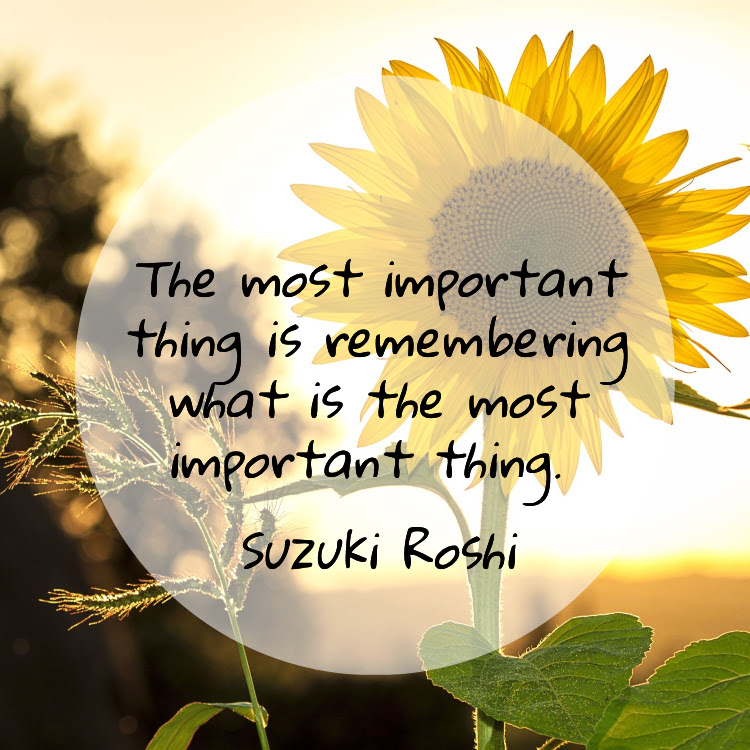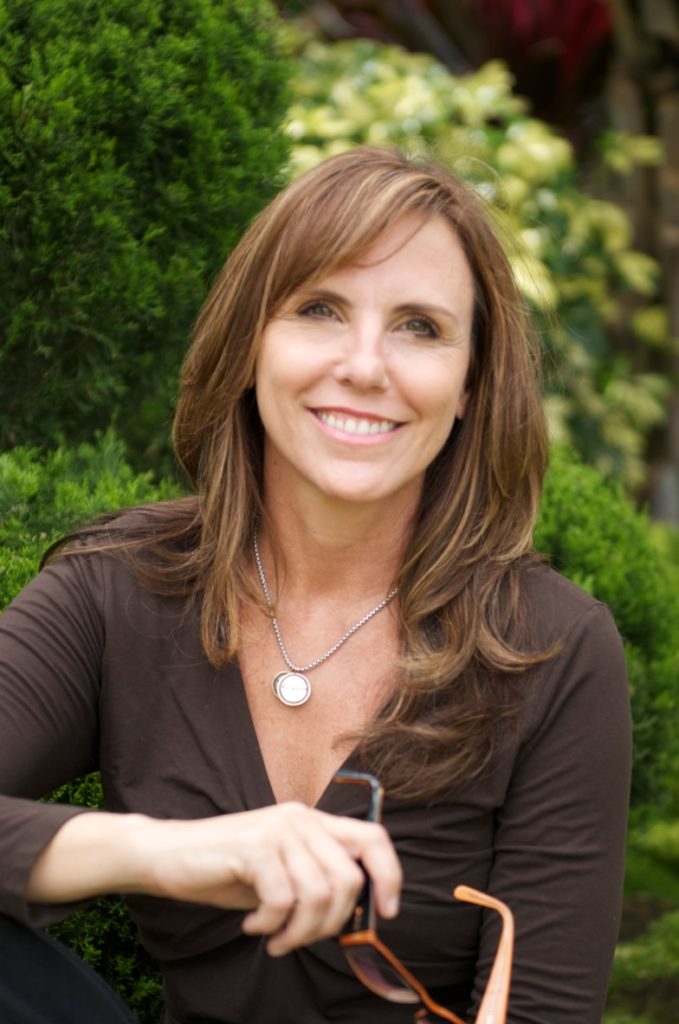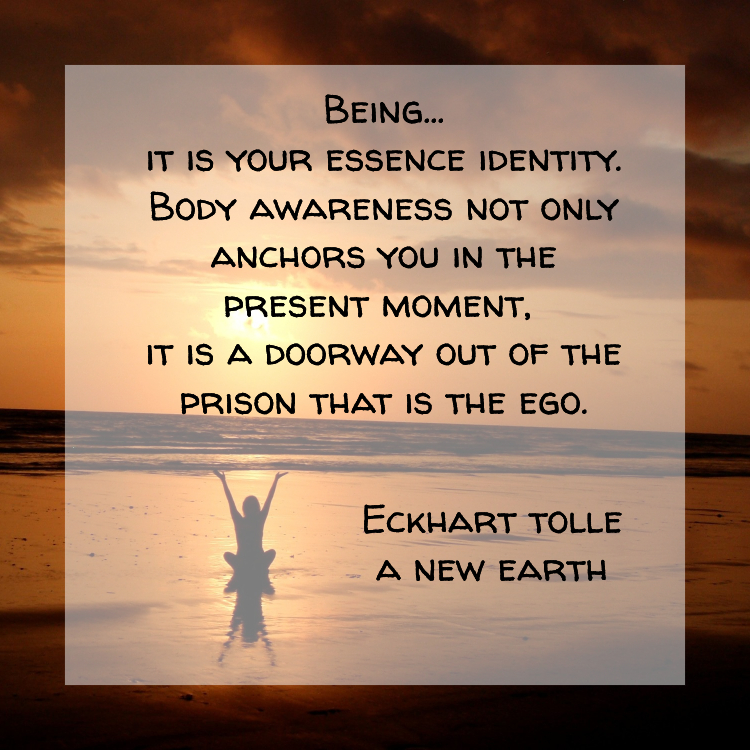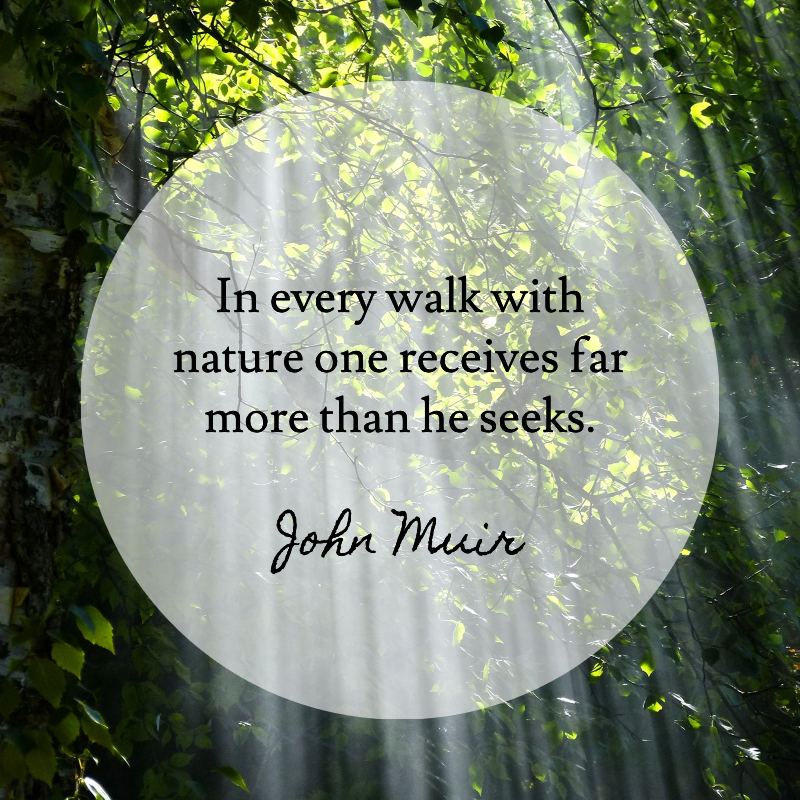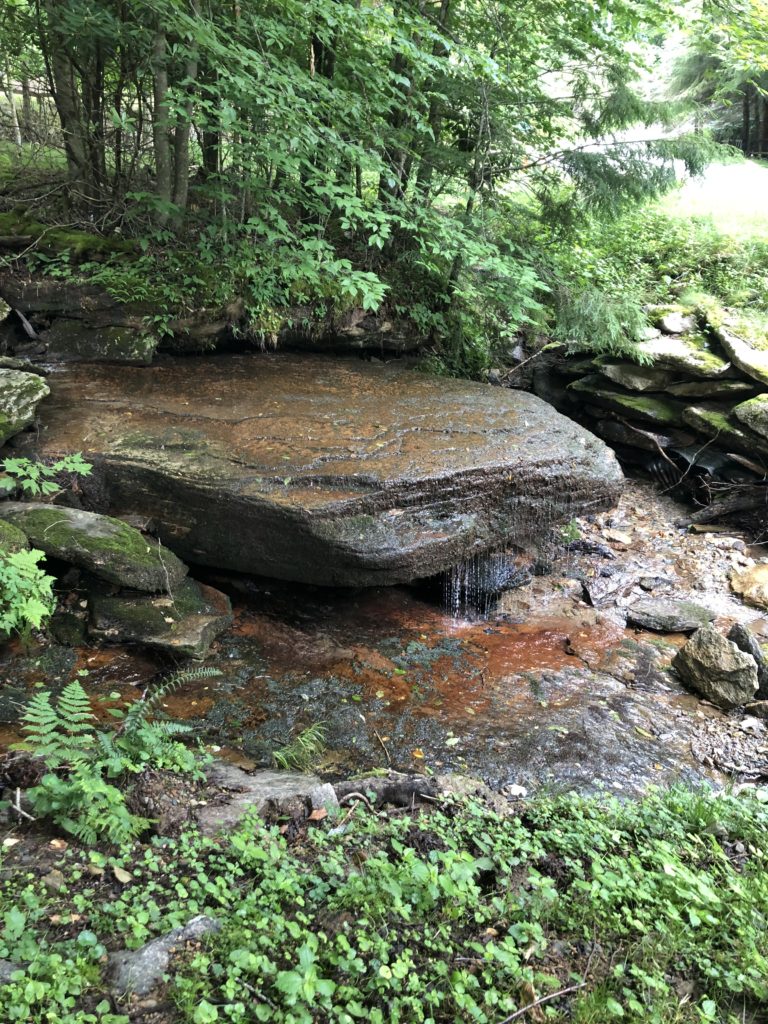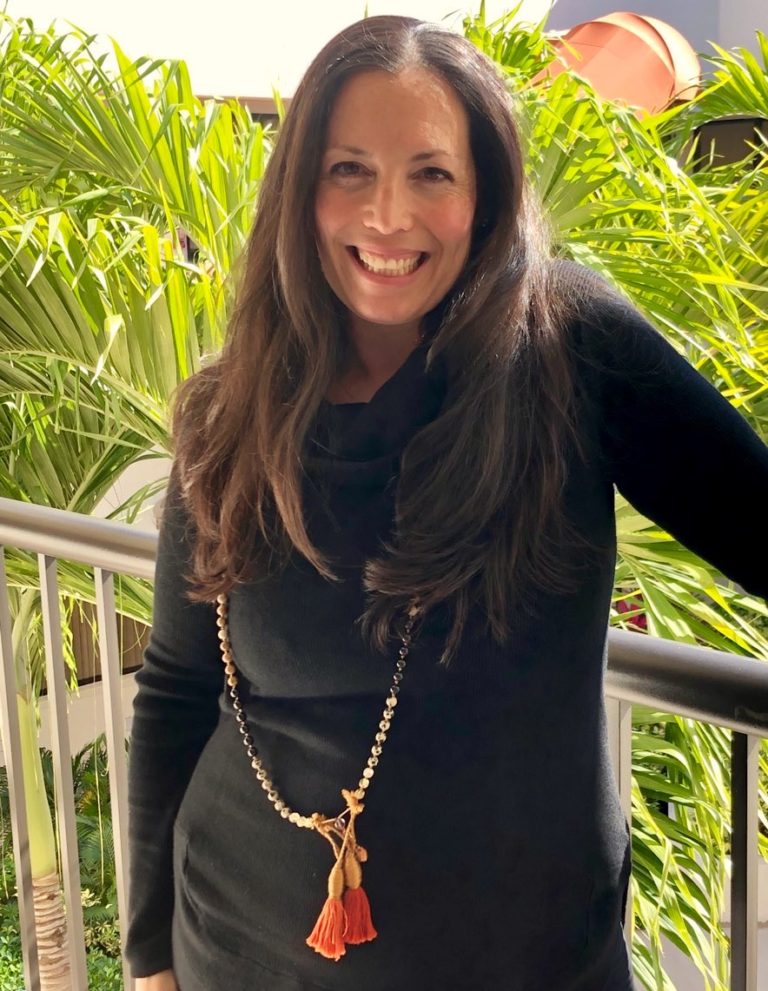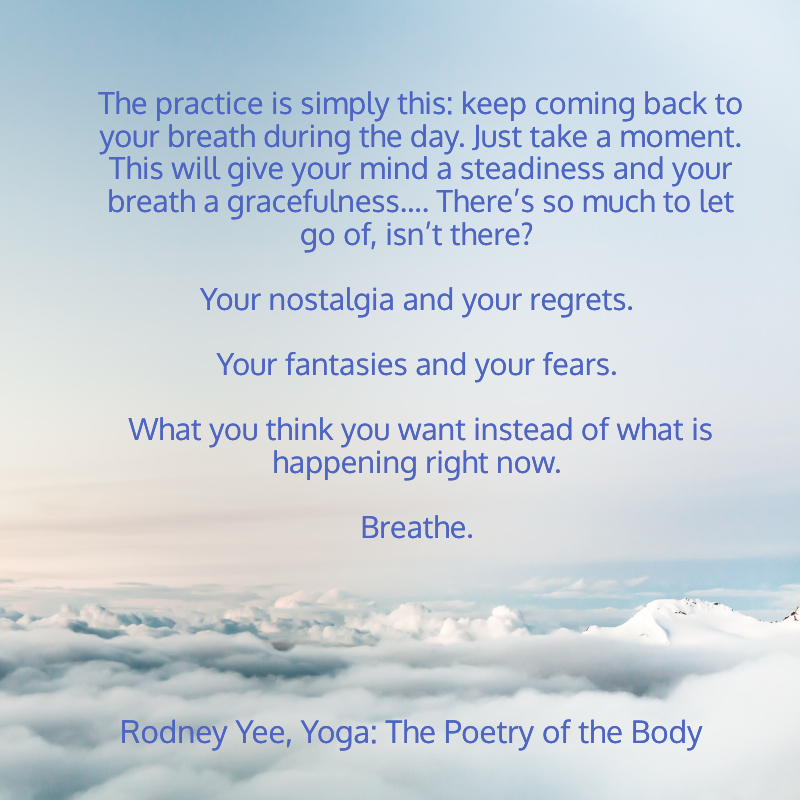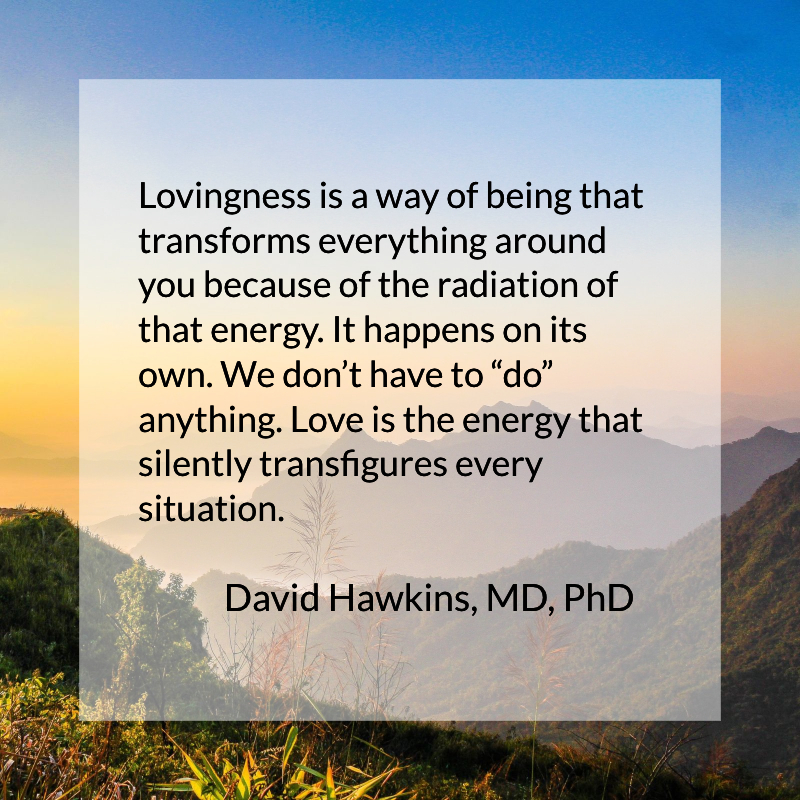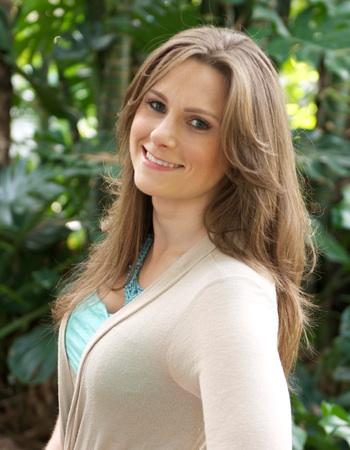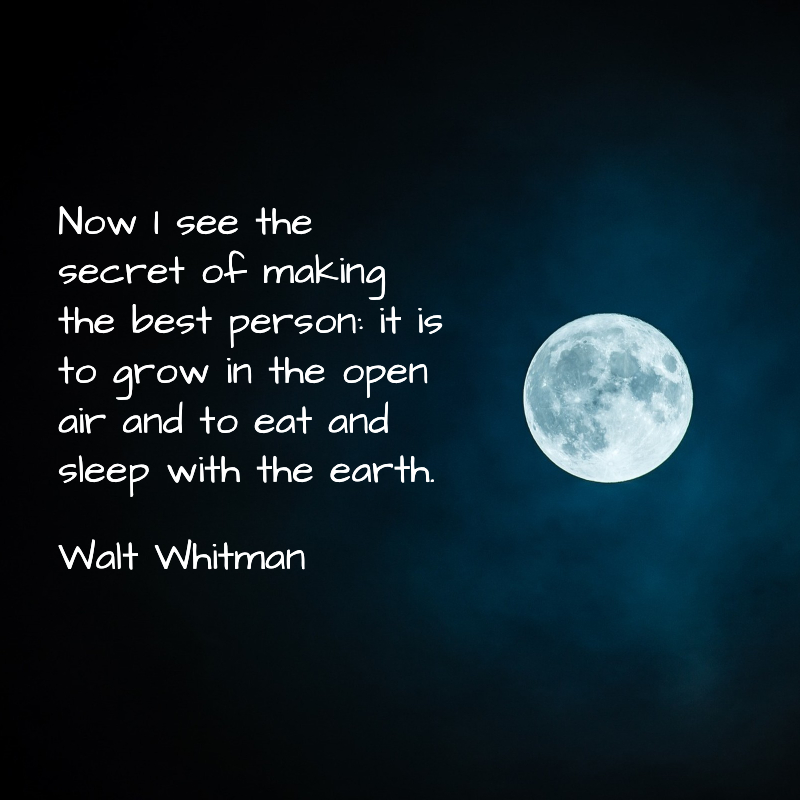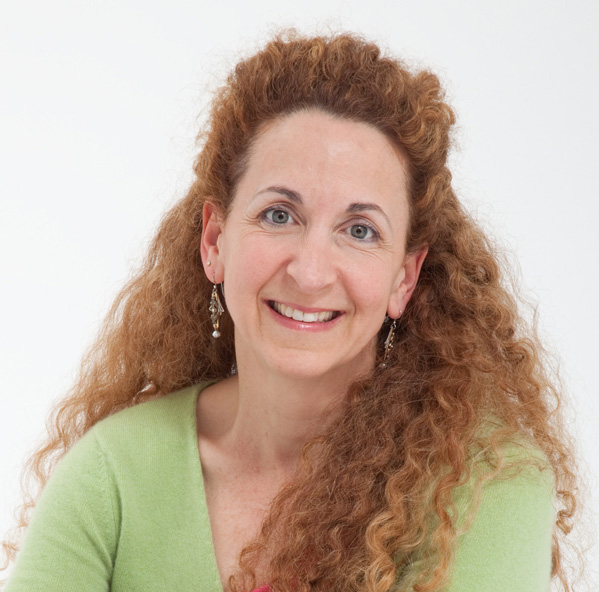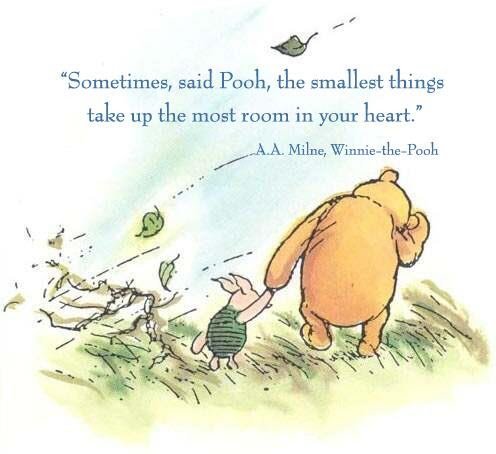
“Love, then, is letting go of fear.”
Gerald Jampolsky, MD
“Sometimes the smallest things take up the most room in your heart.”
Winnie the Pooh
What is taking up the most room in your heart? According to Gerald Jampolsky, anger, jealousy, resentment, and/or depression are all forms of fear. So how to do you let go of fear? How do you increase love in your heart?
Step One: It starts with a decision, a choice to identify, feel, and let go holding on to familiar (or even “justified”) experiences that close the heart. These are the things that we can spend hours getting the people in our life to join us in believing – that we deserve to feel the various forms of fear. It’s buying into the unfairness of it all; the unbelievable action of the other. This is not to say we don’t cry our tears or express our pain, but then what? Do we hold on and cycle through more justification? At some point, the choice is between being right or being at peace.
Piglet: How do you spell love?
Pooh: You don’t spell it, you feel it.
Step Two: Find some way to feel love. It can start with gratitude, appreciation, or remembering a moment that touched you. For fear to grow, there needs to be an absence of love. For love to grow, there only needs to be a desire to open the heart. In our essence, we want to give and receive love. Have you ever noticed that doing an act of kindness for another actually swells your own heart? It’s because giving generates the feeling of love within ourselves. Watch a small child or puppy and their readiness to give love and affection, it can make the crankiest person smile unknowingly. That’s because love, giving, and sharing are their own gifts—to you and those around you. Practice what Pooh suggests…. Let small things help you to feel the love…..
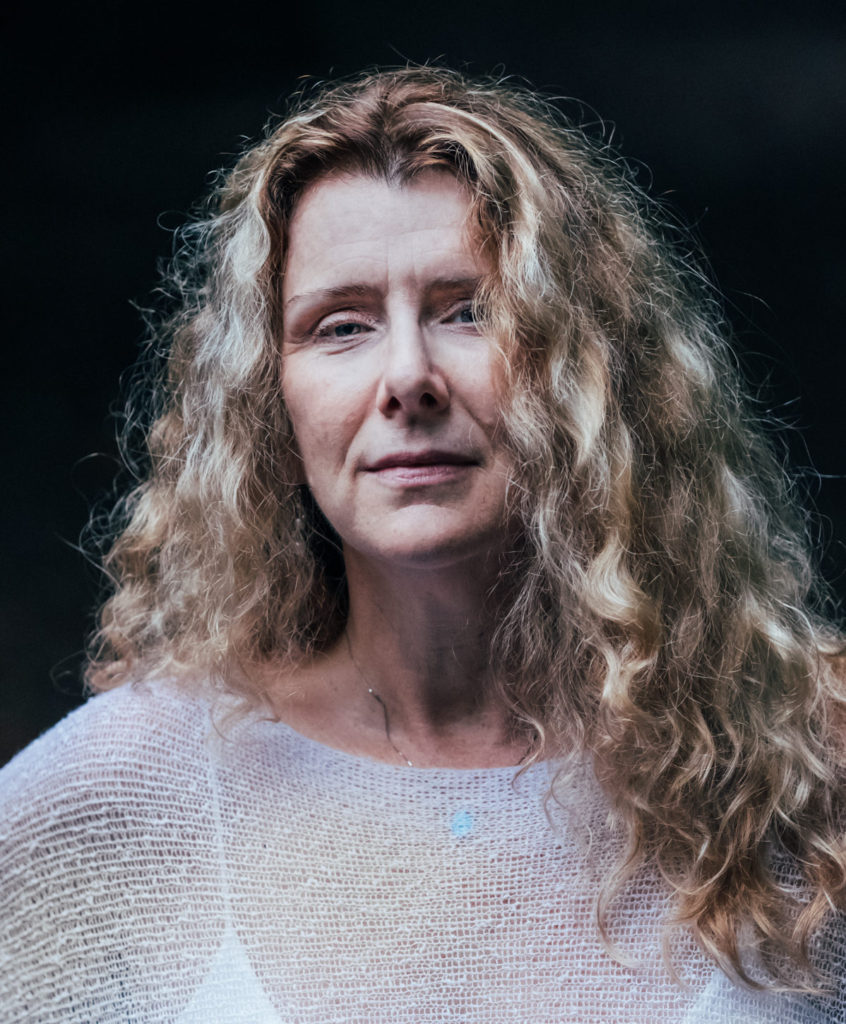
Anni Johnston, LMHC-S, BC-D/MT, CEDS, CYT works at Therapeutic Oasis of the Palm Beaches as a Licensed Mental Health Counselor and Movement Therapist. In addition to her therapy work, Anni offers weekly Beginner and Advanced Meditation classes at Sacred Treehouse. She also offers book studies and special workshops throughout the year.

